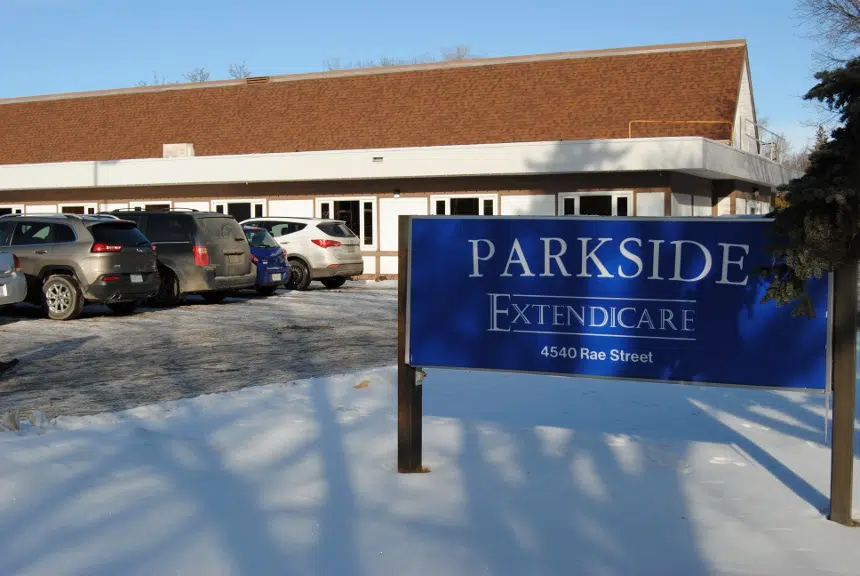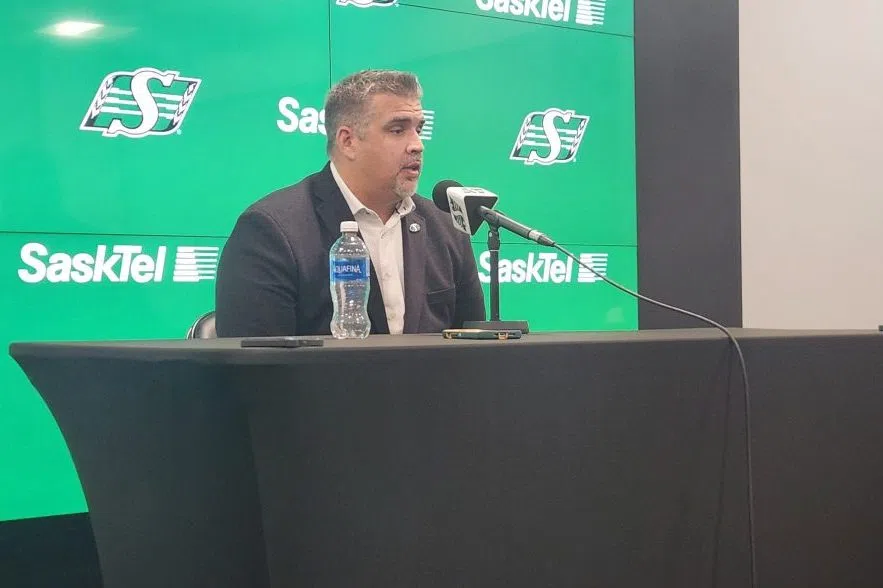The Saskatchewan Health Authority is paying attention and watching closely what COVID-19 is doing in long-term and personal care homes in the province, according to the authority’s interim COO, Derek Miller.
“It is an area of concern for us, but we do believe we are prepared to be able to manage cases in long-term care,” Miller said this week.
As cases have risen in the province due to the Omicron variant, so too have cases in care homes. Between Jan. 1 and Friday, there were 28 outbreaks listed in long-term or personal care homes across the province.
Saskatchewan’s chief medical health officer, Dr. Saqib Shahab, said because Omicron transmission is so common now, we’re seeing cases in care homes.
Shahab said all staff are upgrading their PPE protocols and all visitors are expected to follow those rules. He said if you’re visiting someone in long-term care, this is the time to make sure you do a rapid test, wear the highest level of PPE available, and stay home if you’re sick.
If hospitalizations and deaths start to rise in home residents, Shahab said the province will bring forward its plan to give residents a fourth vaccine dose.
“We did have a plan to do that in February but we certainly are well-positioned to give a fourth dose, if required, to the most vulnerable, which are long-term care residents,” said Shahab.
Shahab also pointed to booster vaccine doses as very important for anyone working in or visiting a congregate living setting like care homes, but also group homes and shelters. He said it’s “critical” that all congregate settings are up to speed on boosters.
Most long-term care homes in the province have also adjusted their family presence to Level 1, according to Miller, which allows two family members or support people to visit and help the resident, one at a time.
“And this is really meant to help reduce the risk for transmission in those environments, in addition to steps that have been taken … (such as) the increased use of N95 masks for staff that are actually providing care or interacting with suspect or confirmed COVID cases,” Miller said.
When it comes to possible staffing problems because of large numbers of workers having to isolate with COVID, Shahab pointed to things like the change to the isolation period and those people using an N95 mask when they come back as being very important.
“I think we’ll see significant pressures because of just high exposures in the population that impacts all sectors – health care, long-term care staff, teachers – and that we will need to manage that. And obviously, in a long-term care setting you need to have staff available to provide care,” Shahab said.
Miller said as part of the surge plan, the SHA is planning for staff absences, long-term care homes included.
“(We’re) not just looking at the care staff, the care aides and nurses, but then also considering the support staff – the cooks and environmental services workers and so on – as they may all experience absences through this wave,” Miller explained.
Miller said the “go teams” outlined in the surge plan presented earlier this week would be a quick means to deploy workers into homes to ensure services continue if needed.







